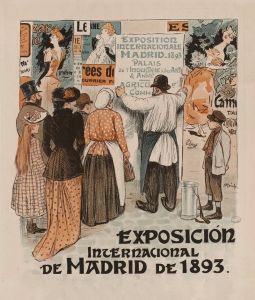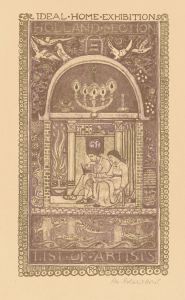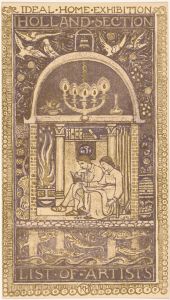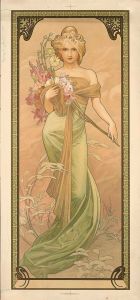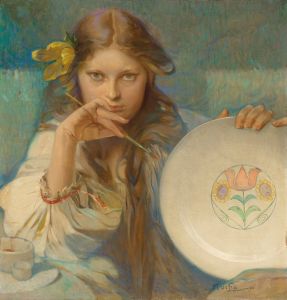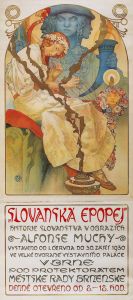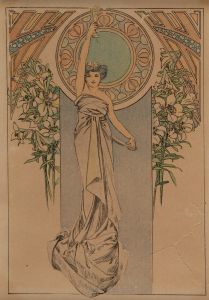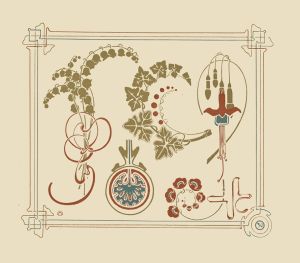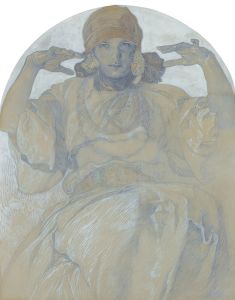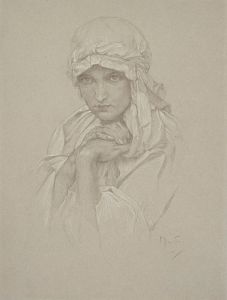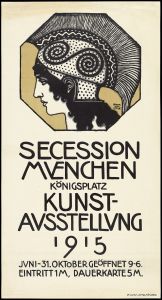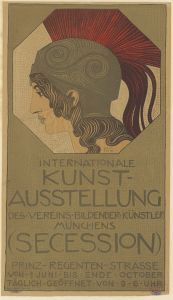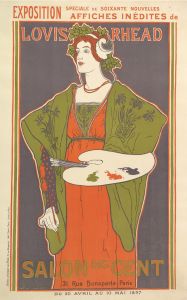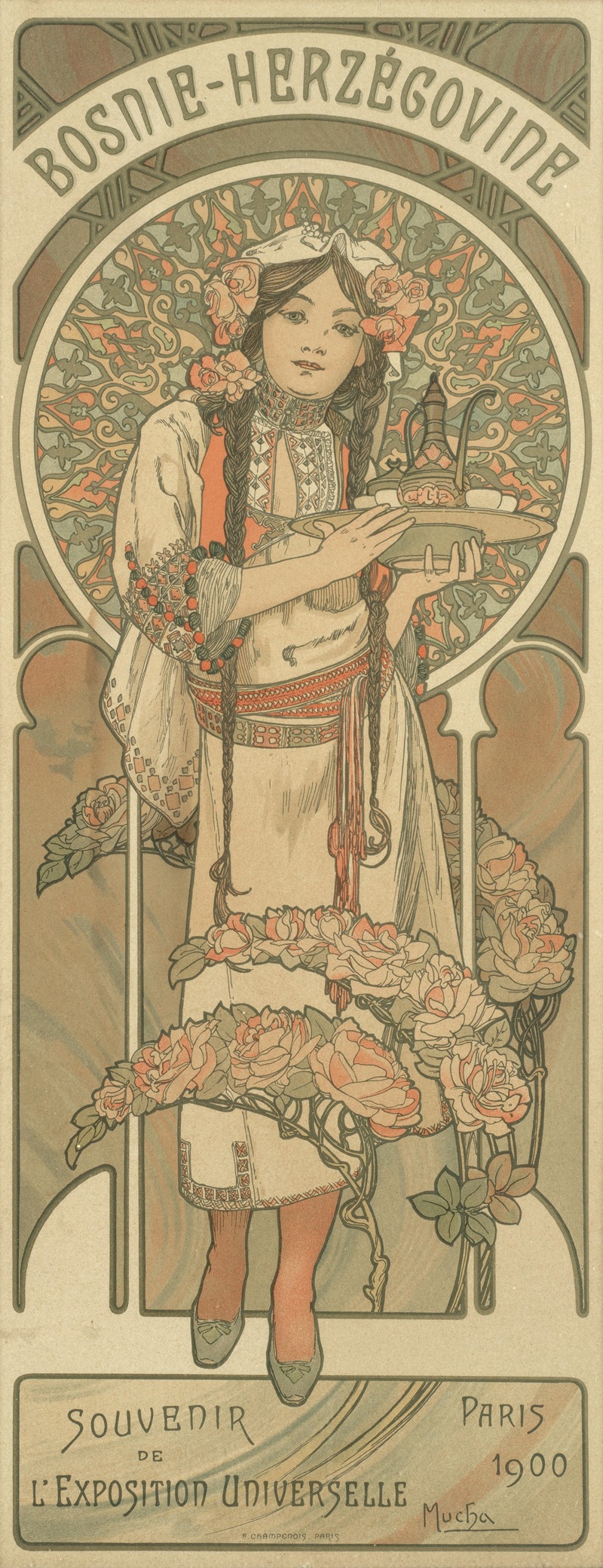
Bosnie-Herzegovine; L’exposition Universelle, Paris
A hand-painted replica of Alphonse Mucha’s masterpiece Bosnie-Herzegovine; L’exposition Universelle, Paris, meticulously crafted by professional artists to capture the true essence of the original. Each piece is created with museum-quality canvas and rare mineral pigments, carefully painted by experienced artists with delicate brushstrokes and rich, layered colors to perfectly recreate the texture of the original artwork. Unlike machine-printed reproductions, this hand-painted version brings the painting to life, infused with the artist’s emotions and skill in every stroke. Whether for personal collection or home decoration, it instantly elevates the artistic atmosphere of any space.
Alphonse Mucha, a Czech painter and decorative artist, is renowned for his distinctive style that became synonymous with the Art Nouveau movement. One of his lesser-known works, "Bosnie-Herzegovine; L’exposition Universelle, Paris," was created for the 1900 Exposition Universelle held in Paris. This world's fair was a significant cultural event, showcasing achievements in technology, art, and culture from around the globe as the 19th century transitioned into the 20th.
The 1900 Exposition Universelle was a grand event that celebrated the achievements of the past century and looked forward to the innovations of the future. It was held in Paris from April 15 to November 12, 1900, and attracted millions of visitors. The exposition featured pavilions from various countries, each displaying their unique cultural and industrial advancements. Among these was the pavilion for Bosnia and Herzegovina, which was part of the Austro-Hungarian Empire at the time.
Mucha was commissioned to create a poster for the Bosnia and Herzegovina pavilion. His work, "Bosnie-Herzegovine; L’exposition Universelle, Paris," is a testament to his mastery of the Art Nouveau style, characterized by its flowing lines, intricate patterns, and harmonious compositions. Mucha's posters often featured beautiful women surrounded by ornate decorations, and this piece was no exception.
The poster for the Bosnia and Herzegovina pavilion likely aimed to capture the cultural essence of the region, highlighting its unique identity within the Austro-Hungarian Empire. Mucha's work often incorporated elements of Slavic folklore and symbolism, reflecting his own Czech heritage and his interest in the cultural identity of Slavic peoples. Although specific details about the imagery used in this particular poster are scarce, it can be inferred that Mucha employed his typical style to create a visually captivating representation of Bosnia and Herzegovina.
Mucha's involvement in the 1900 Exposition Universelle was part of a broader trend of artists and designers contributing to world fairs, which served as platforms for showcasing the latest artistic and technological innovations. These events were crucial in disseminating new styles and ideas across borders, and Mucha's work played a role in popularizing the Art Nouveau movement internationally.
The 1900 Exposition Universelle was a pivotal moment in the history of art and design, marking the height of the Art Nouveau movement. Mucha's contributions to the exposition, including the "Bosnie-Herzegovine" poster, exemplify the era's artistic spirit and the cross-cultural exchanges that such events facilitated. While this particular work may not be as widely recognized as some of Mucha's other pieces, it remains an important part of his oeuvre and the broader narrative of early 20th-century art.
In summary, "Bosnie-Herzegovine; L’exposition Universelle, Paris" by Alphonse Mucha is a reflection of the cultural and artistic milieu of the 1900 Exposition Universelle. It showcases Mucha's signature Art Nouveau style and his ability to capture the essence of a region through his art. Although specific details about the poster are limited, its creation for the Bosnia and Herzegovina pavilion highlights the significance of world fairs in promoting cultural exchange and artistic innovation during this period.





